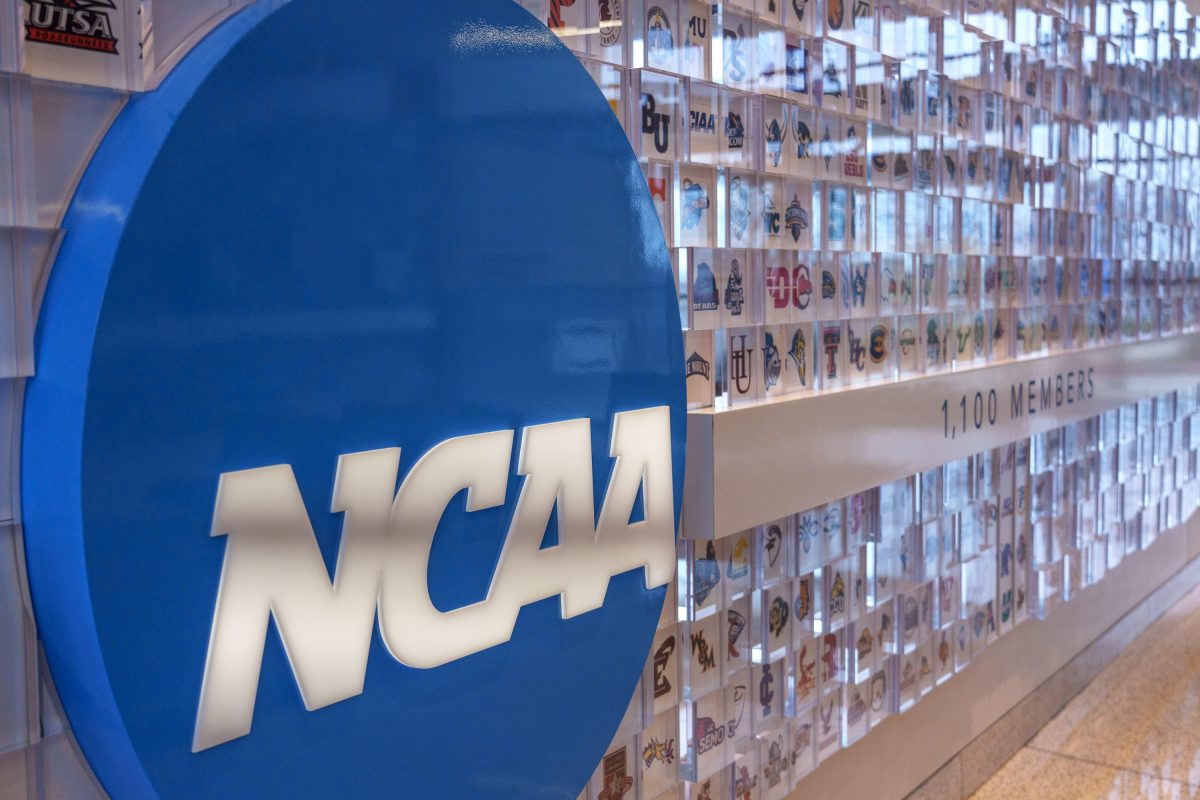House v. NCAA Settlement Will Make History on Multiple Fronts

Thursday, May 23, 2024, will go down as one of the biggest moments in the history of college athletics after the House v. NCAA case reached a settlement–valued at $2.8 billion–that will set the table for a revenue-sharing model for student-athletes.
The settlement effectively ends the amateurism model that has existed for the entirety of college athletics under the NCAA umbrella. After being voted into action by the NCAA Board of Governors and each of the Power Five conferences, this landmark settlement will change the way college athletics looks forever.
“The five autonomy conferences and the NCAA agreeing to settlement terms is an important step in the continuing reform of college sports that will provide benefits to student-athletes and provide clarity in college athletics across all divisions for years to come,” the NCAA and Power Five conference leaders said in a joint statement. “This settlement is also a road map for college sports leaders and Congress to ensure this uniquely American institution can continue to provide unmatched opportunity for millions of students.”
We’ve all seen the reports and heard how monumental the settlement is, but what does it actually mean?
CBS Sports’ Brandon Marcello has done the best job at spelling that out in a relatively concise manner.
“The $2.8 billion settlement in the House v. NCAA case, a landmark legal battle, has far-reaching implications anchored by revenue sharing and the expansion of roster sizes, which might also spark more legal battles with Title IX implications,” Marcello wrote on Thursday. “In the immediate future, the legal settlement is transformative for players because not only will past athletes be compensated for prior restrictions on earning from their name, image, and likeness via the $2.8 billion settlement, but the agreement sets the stage for a future revenue-sharing model, a first in the NCAA’s long history, benefiting thousands of collegiate athletes starting as soon as Fall 2025.”
We will see conference leadership and NCAA officials begin the process of writing new rules in the coming months, which will usher in this new era of college athletics. Athletic departments around the country will now be forced to prepare funds of up to $30 million a year as the biggest programs prepare to share more than $22 million in revenue with players while also expanding roster sizes with unlimited scholarships, according to internal documents that have been uncovered by multiple outlets over the past month or so.
The NCAA will now pay past damages over the next 10 years ($277M annually) by cutting into its revenue shares with Division I universities.
So, why in the world would the NCAA agree to a loss of that magnitude? Well, it likely saves them an incredible amount of money, as unbelievable as that might seem.
According to Marcello’s report, had this case gone to trial in January of next year, the NCAA and the conferences that operate under it risked losing more than $4.2 billion because of a triple multiplier tied to antitrust law. What’s more, had they not agreed to the settlement, they reportedly risked owing $20 billion in back damages from several antitrust lawsuits that could have sent them into bankruptcy.
Several intangibles remain to be set in stone, such as scholarship limit changes, Title IX implications, and what will become of the NIL collectives that have popped up all over the country.
What is clear now, though, is that we’re entering uncharted territory, and even though we’ve heard that multiple times over the last several years, this is without doubt the most monumental change that we’ve seen in the history of college athletics.


















